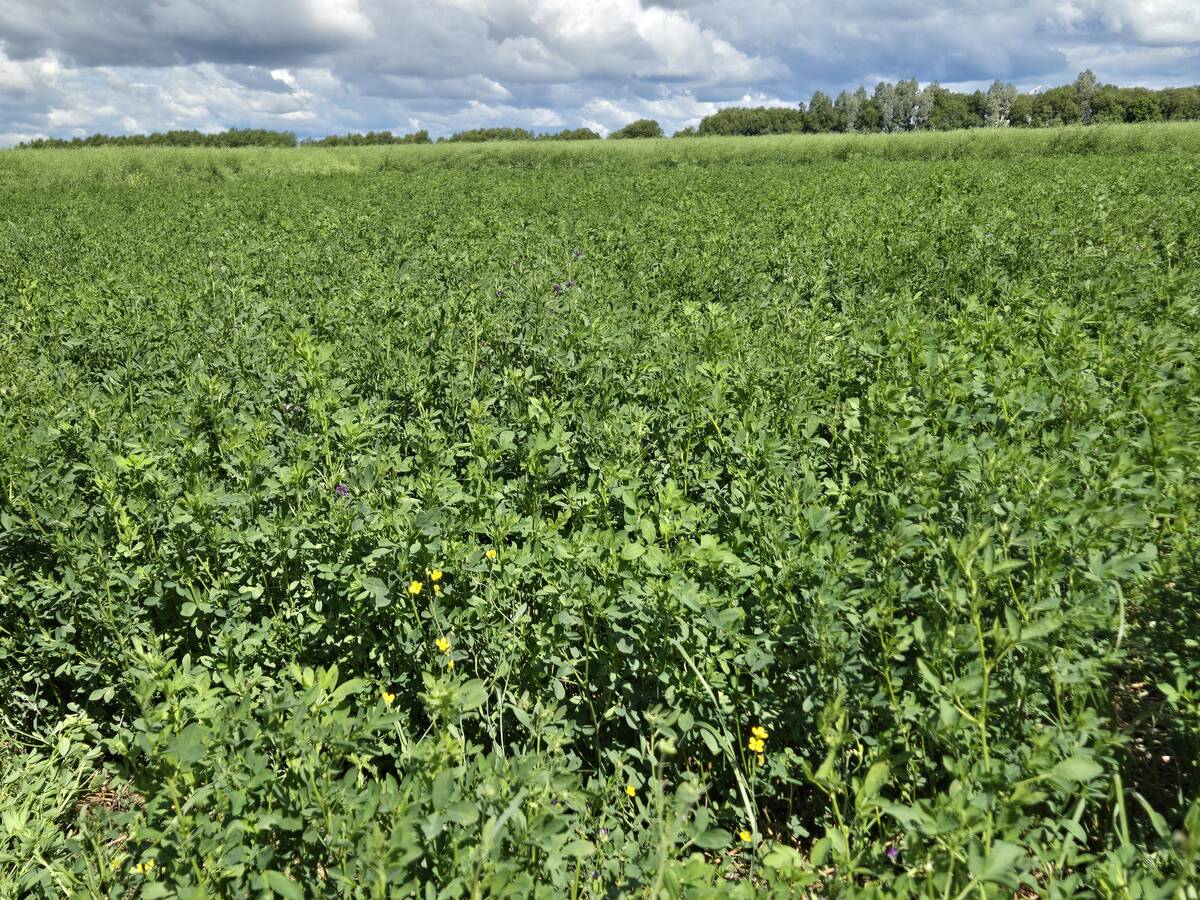SHANGHAI, China (Reuters) — On a visit to China this week, European Union Agriculture Commissioner Janusz Wojciechowski said his focus will be on increasing agri-food exports to the world’s second largest economy and keeping food above the fray of rising tensions in China-EU trade.
“In the food trade, there are no barriers for Chinese imports,” Wojciechowski said.
“My intention is to avoid as much as possible that agriculture pays the costs of the problems in other sectors, which sometimes can happen.”
The commissioner’s visit comes as China and Europe face a “slow motion train accident” as a rising tide of protectionism threatens to become a full trade war, Jens Eskelund, president of the European Chamber in China, warned.
Read Also

Manitoba Parkland research station grapples with dry year
Drought conditions in northwestern Manitoba have forced researchers at the Parkland Crop Diversification Foundation to terminate some projects and reseed others.
Unlike sectors such as solar panels or new energy vehicles, the EU’s agri-food sector runs an export surplus in its trade with China.
Also unlike other sectors, the open trade of food remains a “very important instrument to ensure food security everywhere,” which is why western sanctions on Russia following its incursion into Ukraine were not levied on agri-food products, Wojciechowski said.
Last year, the EU’s exports to China were worth US$15.57 billion, down eight per cent from 2022, while imports from China to the EU fell 15 per cent to $8.84 billion.
Wojciechowski said there is room for exports from the EU to China to grow across a range of agri-food sectors, from poultry to pork, beef and even dairy, a segment that is already relatively advanced in terms of penetration into China.
“We can observe the increase of middle class consumers who are looking for good, high quality food,” he said.
“This is a chance for European food to increase our exports.”

















